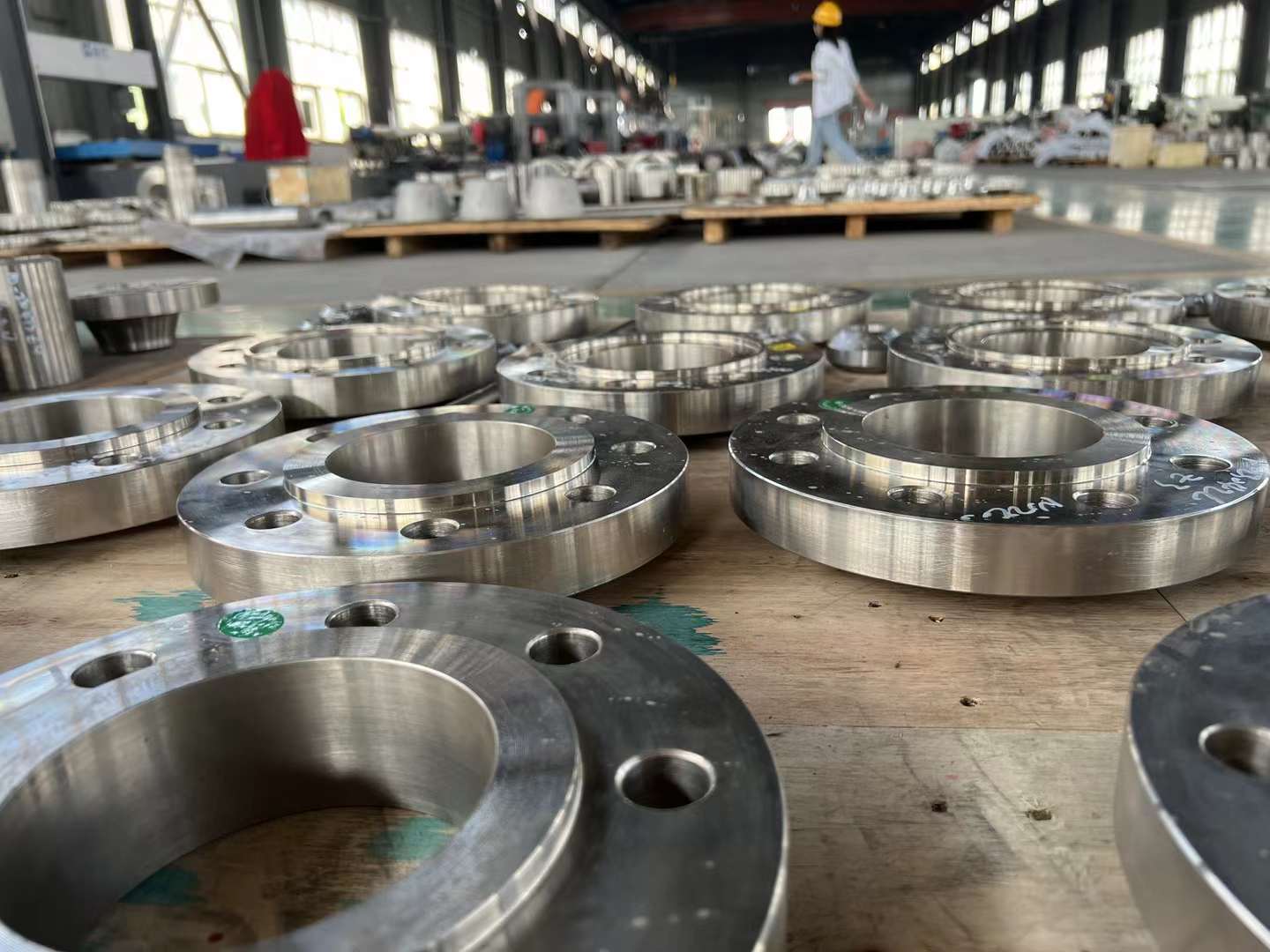Hastelloy is a family of nickel-based alloys that are known for their excellent corrosion resistance and high temperature strength. The specific composition of each alloy in the Hastelloy family can vary, but they typically contain a combination of nickel, chromium, molybdenum, and sometimes other elements such as iron, cobalt, tungsten, or copper. Some commonly used alloys within the Hastelloy family include Hastelloy C-276, Hastelloy C-22, and Hastelloy X, each with their own unique properties and applications.
Hastelloy C276 is a nickel-molybdenum-chromium superalloy that offers excellent resistance to a wide range of corrosive environments. It is specifically designed to withstand harsh conditions such as oxidizing and reducing acids, seawater, and chlorine-containing media.The composition of Hastelloy C276 typically includes approximately 55% nickel, 16% chromium, 16% molybdenum, 4-7% iron, 3-5% tungsten, and trace amounts of other elements, such as cobalt, silicon, and manganese. This combination of elements gives Hastelloy C276 its exceptional resistance to corrosion, pitting, stress corrosion cracking, and crevice corrosion.Due to its high resistance to a variety of aggressive chemical environments, Hastelloy C276 is widely used in industries such as chemical processing, petrochemical, oil and gas, pharmaceutical, and pollution control. It finds application in equipment such as reactors, heat exchangers, valves, pumps, and pipes where resistance to corrosion is crucial.
For more detailed information please refer to our website link: https://www.jxbsc-alloy.com/inconel-alloy-c-276-uns-n10276w-nr-2-4819-product/
I apologize for the confusion in my previous response. Hastelloy C22 is another nickel-based superalloy that is commonly used in corrosive environments. It is also known as Alloy C22 or UNS N06022.Hastelloy C22 offers superior resistance to both oxidizing and reducing media, including wide-ranging concentrations of chloride ions. It contains approximately 56% nickel, 22% chromium, 13% molybdenum, 3% tungsten, and small amounts of iron, cobalt, and other elements.This alloy is highly resistant to corrosion and has excellent chemical resistance, making it suitable for various applications in industries like chemical processing, petrochemical, pharmaceutical, and waste treatment. It is often used in equipment such as reactors, heat exchangers, pressure vessels, and piping systems that come into contact with aggressive chemicals, acids, and chlorides.Hastelloy C22 can withstand high temperatures and has good weldability, making it a versatile choice for a wide range of corrosive environments. Its unique combination of alloys provides excellent resistance against both uniform and localized corrosion, making it a popular choice in many industrial applications.
For more detailed information please refer to our website link: https://www.jxbsc-alloy.com/inconel-alloy-c-22-inconel-alloy-22-uns-n06022-product/

Hastelloy C276 and alloy C-276 refer to the same nickel-based alloy, which is designated as UNS N10276. This alloy is known for its excellent corrosion resistance in a wide range of severe environments, including those containing oxidizing and reducing acids, chloride-containing media, and seawater.The terms "Hastelloy C276" and "alloy C-276" are used interchangeably to denote this specific alloy. The "Hastelloy" brand is a trademark of Haynes International, Inc., which originally developed and produces the alloy. The generic term "alloy C-276" is a common way to refer to this alloy based on its UNS designation.In summary, there is no difference between Hastelloy C276 and alloy C-276; they are the same alloy and are simply referred to using different naming conventions.
Hastelloy C22 and C-276 are both nickel-based superalloys with similar compositions.
However, there are some notable differences between the two:Composition: Hastelloy C22 contains approximately 56% nickel, 22% chromium, 13% molybdenum, 3% tungsten, and small amounts of iron, cobalt, and other elements. On the other hand, Hastelloy C-276 has around 57% nickel, 16% molybdenum, 16% chromium, 3% tungsten, and small amounts of iron, cobalt, and other elements.Corrosion resistance: Both alloys are known for their exceptional corrosion resistance.
However, Hastelloy C-276 offers slightly better overall corrosion resistance than C22 in highly aggressive environments, especially against oxidizing agents such as chlorine and hypochlorite solutions. C-276 is often preferred for applications where the environment is more corrosive.Weldability: Hastelloy C22 and C-276 are both easily weldable.
However, C-276 has better weldability due to its reduced carbon content, which provides improved resistance against sensitization and carbide precipitation during welding.Temperature range: Both alloys can handle elevated temperatures, but C-276 has a slightly broader temperature range. C22 is generally suitable for operating temperatures up to around 1250°C (2282°F), while C-276 can handle temperatures up to approximately 1040°C (1904°F).Applications: Hastelloy C22 is commonly used in industries such as chemical processing, pharmaceutical, and waste treatment. It is well-suited for handling various aggressive chemicals, acids, and chlorides. Hastelloy C-276, with its superior corrosion resistance, is often chosen for applications requiring excellent resistance to oxidizing and reducing environments, such as chemical processing, pollution control, and oil and gas industries.
In summary, while both Hastelloy C22 and C-276 are excellent materials for corrosive environments, C-276 generally offers better corrosion resistance in highly aggressive environments, while C22 is better suited for applications where welding or resistance to certain chemicals is important.The choice between the two depends on the specific requirements of the application.
Post time: Sep-12-2023

